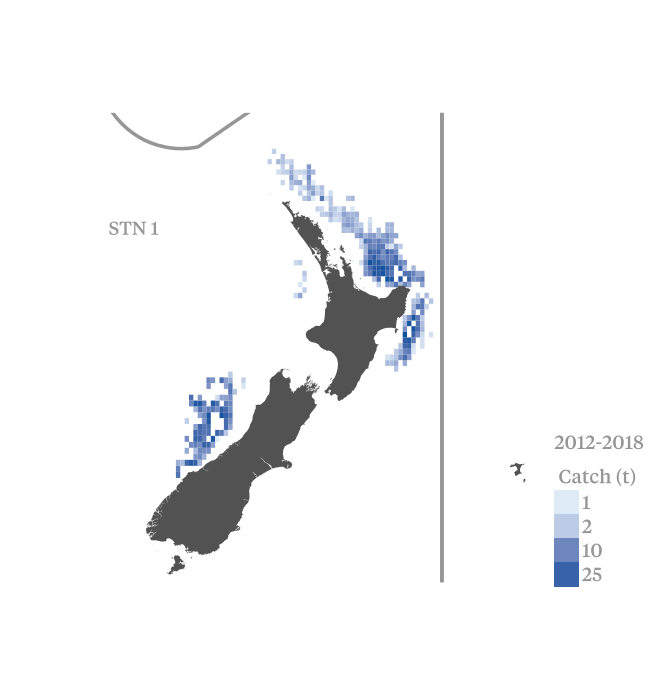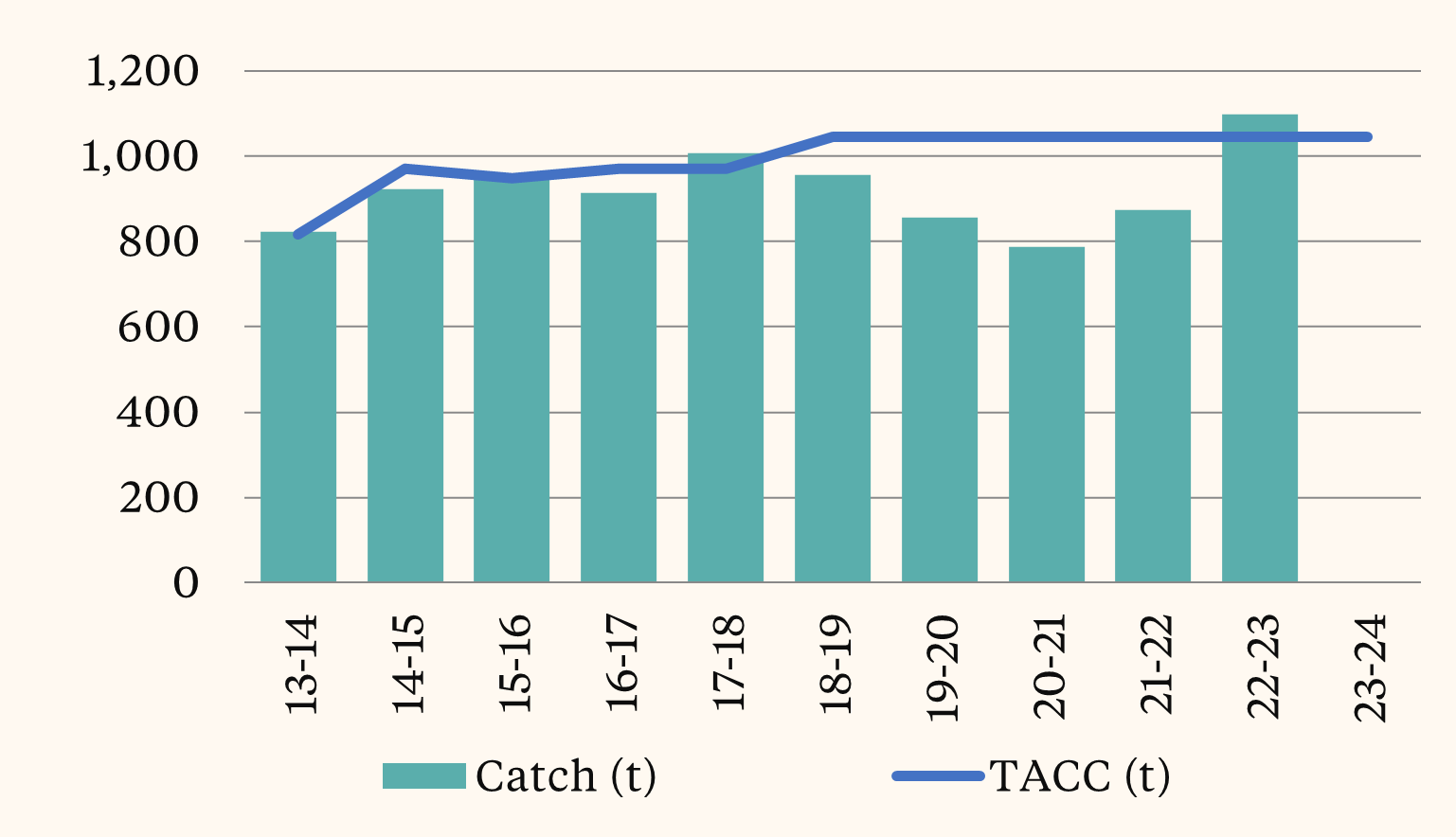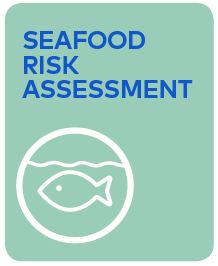Bluefin, Southern Bluefin
Longlining for southern bluefin tuna was introduced to the New Zealand domestic fishery in the late 1980s and since 1991, surface longlines have been the predominant gear used in the fishery. Over 95% of all days fished in the domestic fishery use this method.
Southern bluefin tuna consists of a single stock primarily distributed between 30oS and 45oS, which is only known to spawn in the Indian Ocean south of Java. Adults are broadly distributed in the South Atlantic, Indian and western South Pacific Oceans, especially in temperate latitudes while juveniles occur along the continental shelf of Western and South Australia and in high seas areas of the Indian Ocean. Southern bluefin tuna caught in the New Zealand EEZ appear to represent the easternmost extent of a stock whose centre is in the Indian Ocean.
Management of southern bluefin tuna throughout its range is the responsibility of the Commission for Conservation of Southern Bluefin Tuna (CCSBT) of which New Zealand is a founding member. Current members of the CCSBT also include Australia, Japan, the Republic of Korea, the Fishing Entity of Taiwan, and Indonesia. The Republic of South Africa, the European Community, and the Philippines have Cooperating Non-member status. Determination of the global TAC and provision of a national allocation to New Zealand is carried out by the CCSBT.
Southern bluefin tuna caught in the New Zealand EEZ was introduced into the Quota Management System (QMS) on 1 October 2004 under a single QMA, STN 1. Longline fishing effort is distributed along the east coast of the North Island and the southwest coast of the South Island. The west coast South Island fishery predominantly targets southern bluefin, whereas the east coast of the North Island targets a range of species including bigeye, swordfish, and southern bluefin.
The risk assessment framework is currently under review.
The risk assessment framework is used to assess the relative environmental risks of Australian and New Zealand wild-caught fisheries on fish stocks and the aquatic environment.
Assessments are undertaken for each species according to multiple ‘units of assessment’ (UoAs). The UoA is a combination of target species/stock and the gear type used by the fishery. Each UoA is assessed against three components for target species, bycatch and ecosystems, and management systems. Each component has a number of performance indicators, which have associated criteria, scoring issues, and scoring guideposts. For each UoA, each performance indicator is assigned a risk score according to how well the fishery performs against the scoring guideposts.
The risk assessment framework is currently under review and new risk assessments will be available soon.


Risk Assessment Summary

The risk assessment for barracouta is currently under review.
